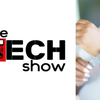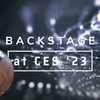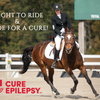Health Tech World - Good vibrations – the latest in stress-busting technology?
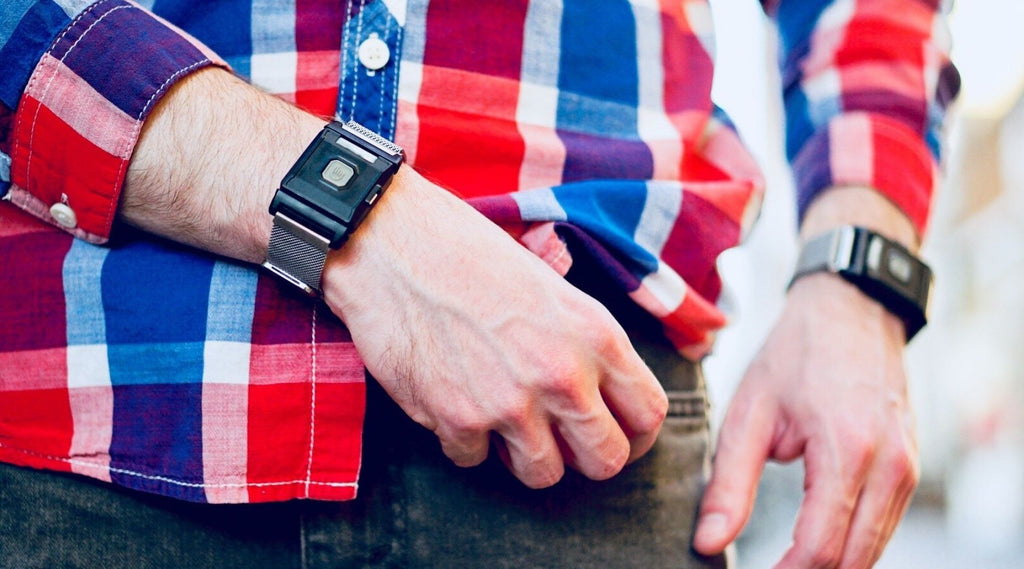
Good vibrations – the latest in stress-busting technology?
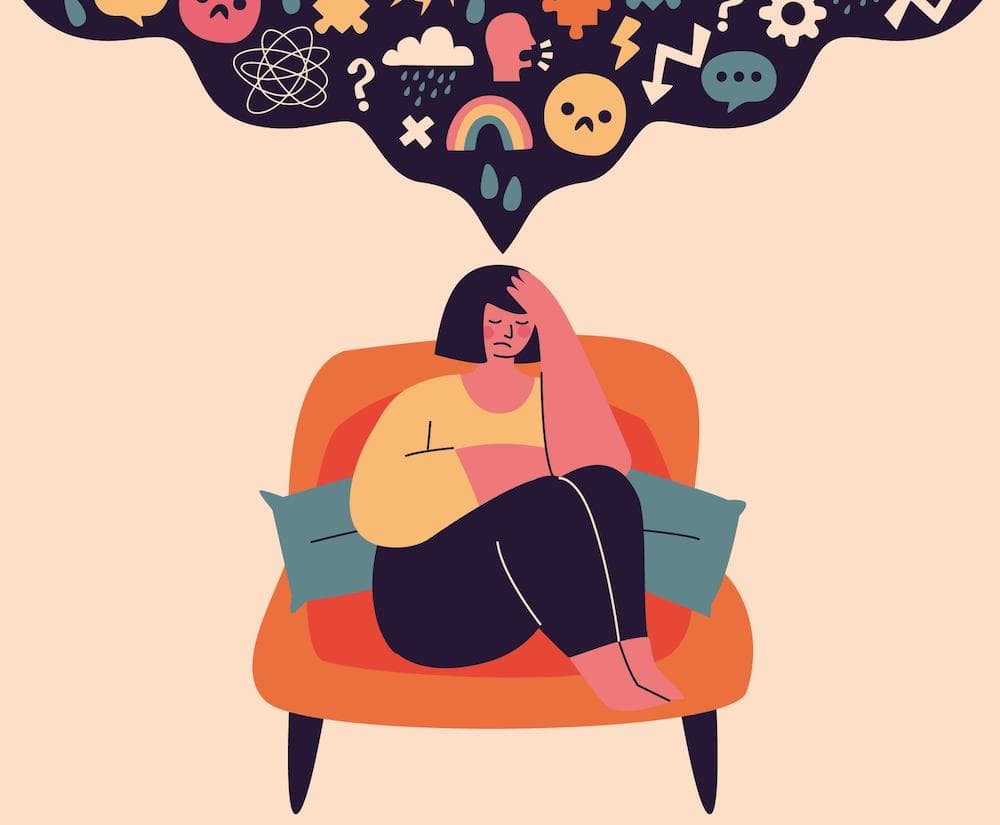
Arizona-based start-up, TouchPoints Solution has developed a new wearable technology which manages stress by “hacking” the fight or flight response system in the brain.
The wristwatch-sized device is strapped to either side of the body and produces small alternating vibrations which has been shown to reduce stress by as much as 70%.
Health Tech World spoke to TouchPoints Solution’s co-founder, Vicki Mayo about how the device is being used to help those struggling with stress and sleep issues, as well as people with sensory issues connected with Autism.
Mayo first encountered the technology when her daughter was struggling with night terrors; a sleep disorder commonly associated with unprocessed stress in young children.
Mayo spoke about her daughter’s issue with a friend, Dr Amy Serin, a neuropsychologist who had been working with a team of researchers on a technology that would later become the TouchPoints product.
Mayo says after putting the device on her daughter’s wrists, she was back to sleep in less than a minute.
Mayo says: “This technology is so powerful, so I knew we couldn’t just leave it in the office as an idea – we had to bring it to the masses. So, we formed a company which is touch point solution.
“After launching the technology in 2016 it has been quite the whirlwind, though we have operated in a kind of stealth mode. Regionally, in Arizona and the west coast [of the US], there is a lot of awareness of what we do.”
TouchPoints has been integrated into over forty school districts on the west coast of the US, where teachers use the technology for children having trouble paying attention in the classroom.
The technology Dr Serin developed is called BLAST, which stands for bilateral alternating stimulation tactile. BLAST was originally derived from eye movement desensitization and reprocessing (EMDR) therapy; a treatment of PTSD that recreates rapid eye movement (REM) while the patient is awake.
This is achieved by holding up two flashing lights which the patient follows back and forth while thinking of the events that caused the PTSD. The aim is to change the way the brain processes these memories and desensitize the emotions connected with them.
Mayo says: “We spent a decade researching how we could take that concept of the eyes going back and forth and modify the technology to make it something that’s affordable and accessible for everyone to use in their everyday life.”
The company says the alternating vibrations from the device is able to “turn off” the user’s fight or flight system, also known as the sympathetic nervous system. This system is triggered several hundred times a day for situations as simple as a door slamming.
This is said to have a knock-on effect on physical responses to stress, controlling shortness of breath, tightness in the chest and muscle tension.
The sympathetic nervous system is one of the oldest parts of the brain. Located just above the brainstem, it is a rudimentary yet very strong response.
Mayo explains that because of the relatively unsophisticated nature of the fight of flight response, the tactile vibrations from the device are able to distract it from the stressful situation.
Mayo says: “It’s almost as if the sympathetic nervous system gets so busy interpreting these tactile vibrations that it doesn’t have time to analyze the thing that is causing you stress. It’s so preoccupied with working out what the vibrations are and what are they doing, that it turns off.”
Mayo says the most powerful element of the device is its ability to “re-program neural pathways” which are wired to stressful events.
“When you use the touch points, you’re actually reprogramming those neural pathways very, very rapidly,” Mayo says. “So, four or five sessions of using Touchpoints for 15 minutes at a time is equivalent to six months to a year of talk therapy or cognitive behavioral therapy.”
Initial research from the company focused on people with autism, who often have a highly sensitive sympathetic nervous system.
The TouchPoints device has been well-received from the autistic community, with a number of specialist autism schools in the US now providing a device for all of their students.
Mayo spoke about one moving encounter with the parent of a child with very severe autism.
“She heard about the technology and asked if she could try it on her son,” Mayo says. “He wouldn’t even look up from the ground or look anybody in the eye. Before we put the touch points on, he was constantly shaking [self-stimulatory behavior], then within five minutes of wearing the device, he looked up and he looked his mum in the eye for the first time in 10 years.”
The US start-up says its recent research shows the device can reduce stress by 70% in as little as 30 seconds and increase concentration and attention span by 50%.
The company measures stress subjectively by asking participants to rate their stress level on a scale of zero to ten and rate the associated physical symptoms, such as chest tightness and tension in the shoulders.
The company also collected quantitative electroencephalogram (EEG) data which measures wave activity in the brain. Two key brain waves are beta and theta waves. The former dominates when the brain is alert and attentive whereas the latter is commonly observed in a deep meditative state.
Mayo says: “We take a situation; let’s say a meeting with your boss who you’re terrified of, and we put a brain cap running EEG on the participant’s head.
“We found that the stressful situation sparks a lot of excess beta wave activity in the brain. Interestingly, when we use the Touchpoints, it reduced the beta waves and increased theta waves.
“This is what you’re trying to do when mediating. Usually, it takes five to twenty minutes to get into that meditative zone. We’re able to achieve this with just two minutes of usage.”
In a recent triple blind placebo study looking at cortisol levels, the body’s main stress hormone. The study found that for participants wearing the TouchPoints device, cortisol levels stayed stable or slightly dropped during and after the event.
TouchPoints Solution hopes its device will help change the culture of stress and address the growing issue of anxiety in the US, where 40 million people are diagnosed with anxiety disorder and over $1 billion dollars is spent on anti-anxiety medication.
Mayo says: “We want to educate people and help them manage their stress response. People often wear their stress level like a badge of honor, especially in America.
“They don’t understand that it is actually a problem and it’s silently killing them. It affects sleep, eating habits and exercise routine and can even increase the risk of lifestyle diseases like cancers and chronic inflammation.”
The TouchPoints technology was launched in December of 2016 and now has three products; Touchpoints for Calm, Touchpoints for Kids and its recently launched Touchpoints for Sleep.
The company distributes in the US, Canada, Europe and Australia and are currently looking to set up partnerships in Latin America, Central America and parts of Asia.
This article first appeared in Health Tech World on September 29, 2020. To read the full article, click here.
-
Posted in
Tech Reviews

